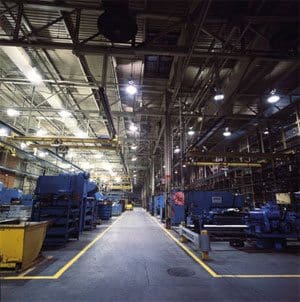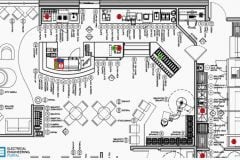
Achieving the required illuminance level does not necessarily ensure good lighting quality. The quality as well as the quantity of illuminance is important to produce a comfortable, productive, aesthetically pleasing lighting environment.
The quality of the lighting system refers, but is not limited to, aspects of lighting such as proper color, good uniformity, proper room surface luminances, adequate brightness control and minimal glare. Research has suggested that the lighting system can effect user’s impressions of visual clarity, spaciousness and pleasantness. These feelings occur in spaces that are uniformly lighted with emphasis on higher luminances on room surfaces. The improved user satisfaction from such spaces may or may not have any effect on worker performance.
However, given two lighting systems with equal lifetime costs, lighting systems which provide improved worker satisfaction should be considered. User satisfaction is often considered in the design of offices and commercial spaces, but ignored in industrial spaces.
The industrial environment should be designed to provide a high quality visual environment, yielding improved worker satisfaction.
This can be accomplished by using lighting systems which produce the proper luminance on ceilings and walls.
The photo above illustrates two lighting systems in the same industrial environment. Both lighting systems provide the same quantity of horizontal illuminance on the work plane. The system on the right provides little uplight, resulting in the typical “cavern” effect associated with industrial spaces.
The system at left provides uplight and improves the luminance of the ceiling and vertical surfaces.
This system can provide workers with a feeling of increased spaciousness. The uplight component also tends to improve work plane illuminance uniformity, possibly yielding improved feelings of visual clarity. Any lighting design should consider the impressions of the user of the space.
The photograph above indicates that even an industrial environment can be improved with the hope of providing better working conditions and improved satisfaction for the worker.










